
Solar String Lights: Everything You Need to Know for Long-Lasting Outdoor Lighting
Share
Table of Contents
- What Are Solar String Lights and How Do They Work?
- Do Solar String Lights Need Direct Sunlight to Work?
- Can Solar String Lights Be Used in Winter?
- How Long Do Solar String Lights Last?
- Are Solar String Lights Better Than Plug-in Lights?
- What Are the Pros and Cons of Solar String Lights?
- How to Maintain and Extend the Life of Solar String Lights
- What Happens if You Use Regular Batteries in Solar Lights?
- Can Solar String Lights Get Wet?
- Why Won’t My Solar String Lights Stay On?
- How to Boost Solar String Lights Performance in Winter
What Are Solar String Lights and How Do They Work?
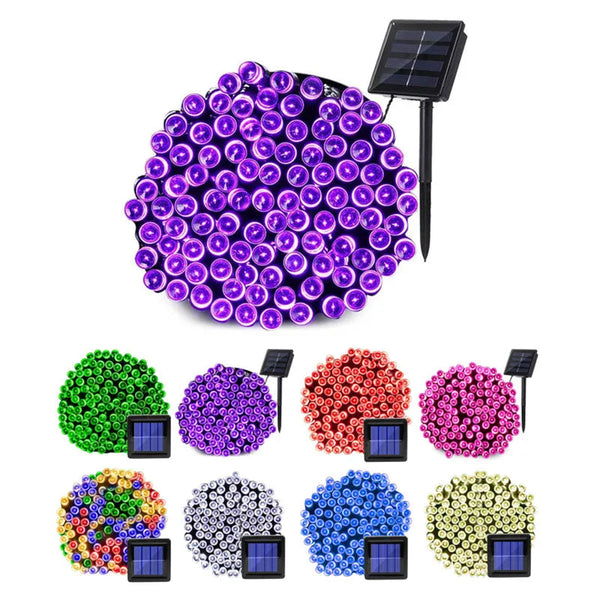
Solar string lights are outdoor lights powered by solar panels that convert sunlight into energy to charge a built-in rechargeable battery. Once the battery is charged during the day, the lights automatically turn on at night using the stored energy. They are an eco-friendly, cost-effective option for lighting up gardens, patios, or any outdoor area.
Solar string lights generally consist of three main components:
- Solar Panel: This panel absorbs sunlight and converts it into electricity.
- Rechargeable Battery: The energy captured by the solar panel is stored in the battery.
- LED Bulbs: Most solar string lights use energy-efficient LED bulbs that last longer and use less energy compared to incandescent bulbs.
How They Work:
During the day, sunlight hits the solar panel, which powers the battery. When the sun sets, a light sensor in the panel triggers the battery to release stored energy, illuminating the lights. Solar lights work best when placed in direct sunlight for most of the day.
Do Solar String Lights Need Direct Sunlight to Work?
8 Modes Fast Charge Solar Outdoor String Lights
No, solar string lights don’t always need direct sunlight to function, but direct sunlight provides the best results. The more sunlight the solar panel absorbs, the more efficiently it charges the battery.
Performance on Cloudy Days:
Solar string lights can still charge on cloudy days or in shaded areas, but the charging speed will be slower, which may result in shorter lighting times at night. In overcast conditions, solar lights typically charge at 10-25% of their capacity.
Here’s a comparison of solar light performance in different conditions:
| Lighting Condition | Charging Efficiency |
|---|---|
| Direct sunlight | 100% |
| Partial shade | 50-75% |
| Cloudy/overcast weather | 10-25% |
| Indoors (behind glass) | Less than 10% |
If your area gets limited sunlight, consider positioning your solar string lights in the brightest possible location or upgrading to a higher-quality solar panel.
Can Solar String Lights Be Used in Winter?
Yes, solar string lights can be used during winter, but their performance may be affected by shorter daylight hours and cold temperatures. Since solar panels rely on sunlight to charge, the limited sun exposure in winter can reduce the amount of energy stored in the battery, leading to shorter lighting times at night.
How to Use Solar String Lights in Winter:
- Positioning: Place the solar panel in the sunniest spot possible, even if it means relocating it during the winter months.
- Cleaning: Keep the solar panel free of snow or dirt to maximize its exposure to sunlight.
- Boosting Performance: Some users switch the lights off during the day (if possible) to allow for better battery storage, ensuring a longer runtime at night.
How Long Do Solar String Lights Last?
Solar string lights are designed to be durable, but their lifespan depends on several factors, including the quality of the solar panel, the battery, and the lights themselves.
Average Lifespan:
- Solar Panels: 2-3 years on average before their efficiency starts to decrease.
- LED Bulbs: Typically last between 10,000 and 50,000 hours, depending on usage.
- Rechargeable Battery: Most solar string lights use Ni-MH or Li-ion batteries, which last for 1-2 years before they need replacing.
| Component | Average Lifespan |
|---|---|
| Solar Panel | 2-3 years |
| LED Bulbs | 10,000-50,000 hours |
| Battery | 1-2 years |
By properly maintaining your lights—cleaning the solar panel regularly and replacing batteries as needed—you can extend their overall lifespan.
Are Solar String Lights Better Than Plug-in Lights?
102M 1000LED Waterproof LED Solar String Light
Whether solar string lights are better than plug-in lights depends on the use case. Here’s a side-by-side comparison to help you decide:
| Feature | Solar String Lights | Plug-in String Lights |
|---|---|---|
| Energy Source | Solar-powered (free energy) | Electricity (higher energy cost) |
| Installation | Easy, no wiring needed | Requires outlets or extension cords |
| Maintenance | Occasional battery replacement | Minimal maintenance |
| Initial Cost | Typically higher upfront | Generally more affordable |
| Performance on Cloudy Days | Reduced performance | Consistent performance |
Solar String Lights:
- Best For: Eco-friendly outdoor setups, areas without easy access to power, and temporary installations.
- Downside: They rely on weather conditions and sunlight for optimal performance.
Plug-in String Lights:
- Best For: Constant, uninterrupted lighting, especially for larger setups like big outdoor parties.
- Downside: Higher long-term electricity costs and less eco-friendly.
What Are the Pros and Cons of Solar String Lights?
Solar string lights offer several advantages but also come with a few limitations.
Pros:
- Eco-Friendly: Powered by renewable solar energy, reducing your carbon footprint.
- Cost-Effective: Once installed, they cost nothing to operate, unlike traditional electric lights.
- Easy Installation: No need for extension cords or power outlets; simply place them where you want.
- Portable: You can move them around without worrying about access to electricity.
Cons:
- Weather-Dependent: Solar string lights perform best in direct sunlight and may struggle on cloudy days or in winter.
- Upfront Cost: Higher initial investment compared to traditional plug-in lights.
- Battery Maintenance: The rechargeable batteries will eventually need replacement, typically after 1-2 years.
How to Maintain and Extend the Life of Solar String Lights
To get the most out of your solar string lights, regular maintenance is key.
Tips for Maintenance:
- Clean the Solar Panel: Dust, dirt, and debris can block sunlight from reaching the panel. Clean it with a soft cloth every few weeks to ensure maximum efficiency.
- Replace Batteries: Rechargeable batteries lose their ability to hold a charge over time. Replacing them every 1-2 years will keep your lights functioning optimally.
- Store During Harsh Weather: If possible, store your solar string lights during extremely harsh weather conditions (such as heavy snow or storms) to prevent damage.
- Check for Water Damage: While most solar lights are designed to be weather-resistant, consistent exposure to rain without proper care can lead to water damage. Make sure the casing is intact and properly sealed.
What Happens if You Use Regular Batteries in Solar Lights?
Using regular alkaline batteries in solar lights instead of the recommended rechargeable batteries is not advisable. Alkaline batteries can’t recharge using solar energy, and using them can damage the light's internal system.
Why You Should Stick to Rechargeable Batteries:
- Rechargeability: Only Ni-MH or Li-ion batteries can recharge through solar energy.
- Safety: Alkaline batteries may corrode or leak, leading to potential damage to your solar lights.
Can Solar String Lights Get Wet?
Most solar string lights are designed to be weatherproof, meaning they can handle light rain or snow without any issues. However, prolonged exposure to heavy rain can potentially cause water damage if the lights are not fully waterproof.
Waterproof Ratings:
When buying solar string lights, check for an IP (Ingress Protection) rating. An IP rating of IP65 or higher ensures your lights are safe from heavy rain and dust.
Why Won’t My Solar String Lights Stay On?
If your solar string lights aren’t staying on, several issues could be to blame:
- Low Battery: Not enough sunlight during the day may result in insufficient charging.
- Dirty Solar Panel: Dirt or grime on the panel can block sunlight, reducing charging efficiency.
- Faulty Battery: If the rechargeable battery has degraded over time, it may need replacement.
- Bad Placement: Ensure your solar panel is not in a shaded area and receives direct sunlight.
How to Boost Solar String Lights Performance in Winter
Solar string lights may struggle in winter due to reduced sunlight. Here’s how to optimize their performance:
- Angle the Solar Panel: Adjust the angle of the solar panel to capture as much sunlight as possible during the short winter days.
- Clean Regularly: Snow and dirt can block sunlight from reaching the panel. Keep the solar panel clean for optimal performance.
- Turn Off Occasionally: Turning off the lights during the day can help the battery charge fully, ensuring brighter and longer lighting periods at night.
By understanding how to maximize the performance and lifespan of Solar String Lights, you can enjoy eco-friendly, cost-effective outdoor lighting all year round. With the right setup and maintenance, these lights are a great addition to any outdoor space, providing beauty and sustainability in one package.
Further Reading:

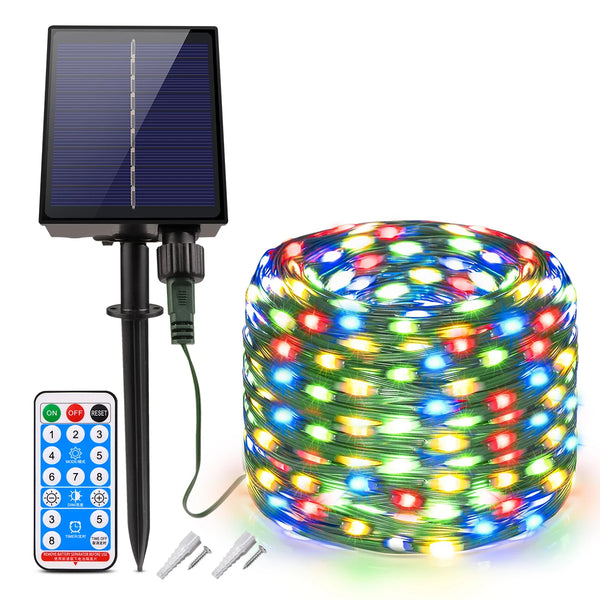




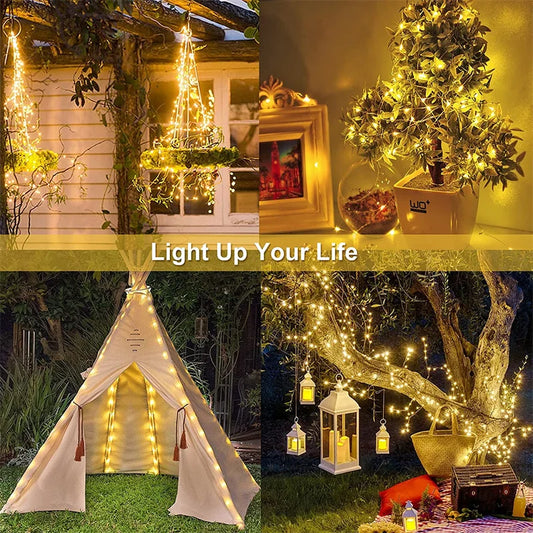







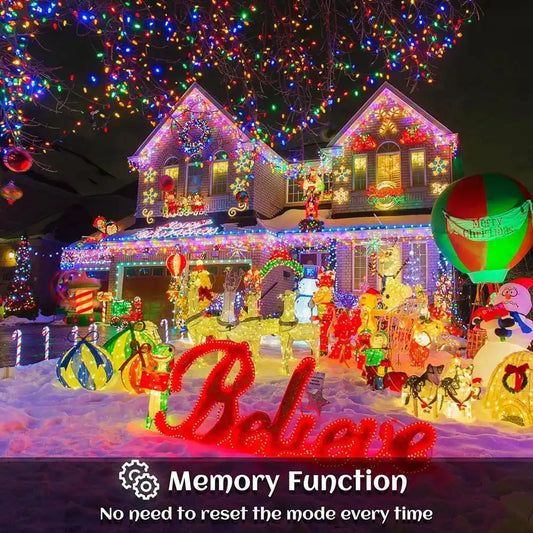

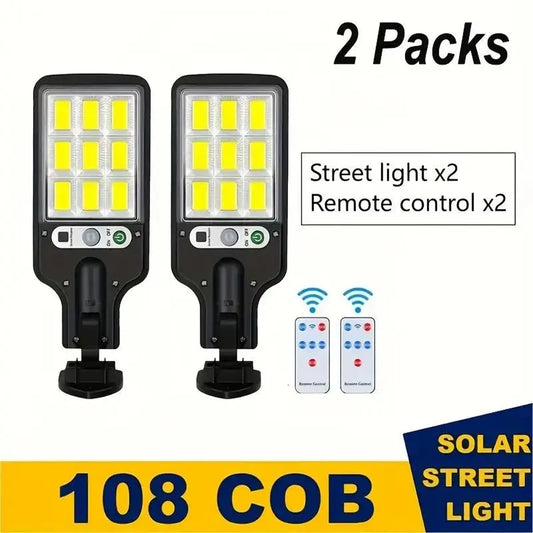













 />
/>
 />
/>
 />
/>
 />
/>
 />
/>
 />
/>
 />
/>